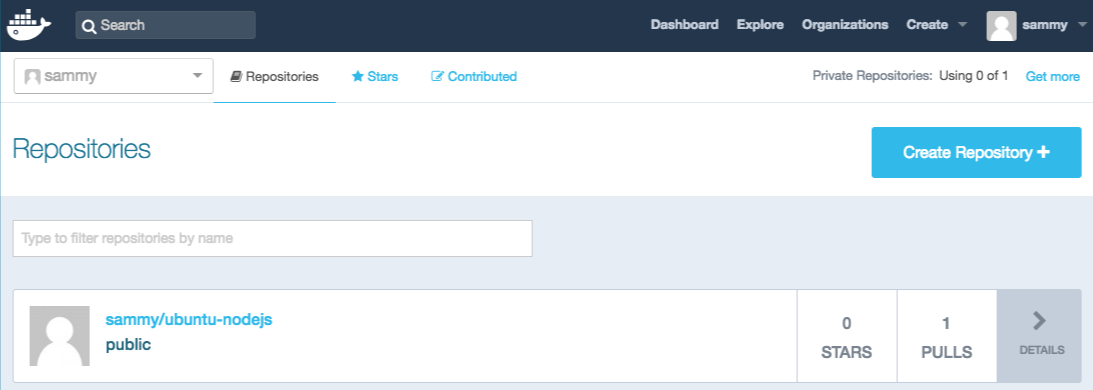


Sudo docker run -restart always -d -name homeassistant -v /PATH_TO_YOUR_CONFIG:/config -device =/PATH_TO_YOUR_USB_STICK -e TZ =Australia/Melbourne -net =host ghcr.io/home-assistant/home-assistant:stableĬomplete the remainder of the Z-Wave configuration by following the instructions here. See this page for configuring Terminal access to your Synology NAS: While there are multiple ways to do this, the least privileged way of granting access can only be performed via the Terminal, at the time of writing. To use a Z-Wave USB stick for Z-Wave control, the HA Docker container needs extra configuration to access to the USB stick. Edit Source IP if you like or leave it at default “All”. Create a new rule and select “Custom” for Ports and add 8123. Click “Edit Rules” besides the Firewall Profile dropdown box. This can be found in “Control Panel -> Security” and then the Firewall tab. If you are using the built-in firewall, you must also add the port 8123 to allowed list. Your Home Assistant within Docker should now run and will serve the web interface from port 8123 on your Docker host (this will be your Synology NAS IP address - for example ).Ensure “Run this container after the wizard is finished” is checked and click Done.This configures where Home Assistant will store configs and logs. Then edit the “mount path” to be “/config”. in “docker” shared folder, add new folder named “homeassistant” and then within that new folder add another new folder “config”), then click Select.

Within “Volume Settings” click on “Add Folder” and choose either an existing folder or add a new folder (e.g.To ensure that Home Assistant displays the correct timezone go to the “Environment” tab and click the plus sign then add variable = TZ & value = Europe/London choosing your correct timezone. Choose a container-name you want (e.g., “homeassistant”).Within “Network” select “Use same network as Docker Host” and click Next.Move to the “Image”-section of the Docker-app.Wait for some time until your NAS has pulled the image.Find “homeassistant/home-assistant” within registry and click on “Download”.Launch Docker-app and move to “Registry”-section.Install “Docker” package on your Synology NAS.For details about the package (including compatibility-information, if your NAS is supported), see Onboarding Install Home Assistant Container Synology NASĪs Synology within DSM now supports Docker (with a neat UI), you can simply install Home Assistant using Docker without the need for command-line.


 0 kommentar(er)
0 kommentar(er)
